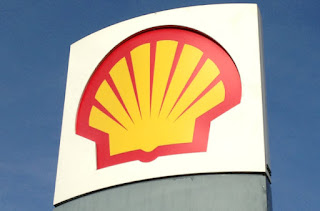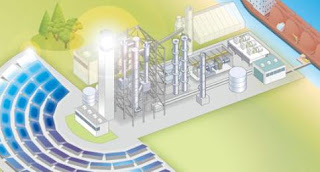Film industry sets to be made of cardboard which is cheaper and more environmentally friendly.

Cardboard is 80% cheaper than a traditional wood or MDF set, it has a carbon footprint that's 90% lower, and it's 100% recyclable. Every year thousands of studio sets are built from wood and MDF, then dumped when the shoot is over. The waste is enormous but moving over to cardboard means that although the set is still scrapped it can be recycled. The wood used for the cardboard can be sourced from trees that are harvested for their branches, rather than chopped down entirely. This can provide a sustainable method that provides 100% recyclable materials. These sets are cheaper and less environmentally harmful than traditional sets and they also help save time during production. These cardboard sets are much lighter than wooden ones so can easily be moved by one or two people which can save time and money. The cardboard can also be moulded producing all types of set and props that don’t seem to be made from cardboard.





























